Why Mediterranean diet?
- felipegombossy
- 28 de mar. de 2021
- 5 min de leitura
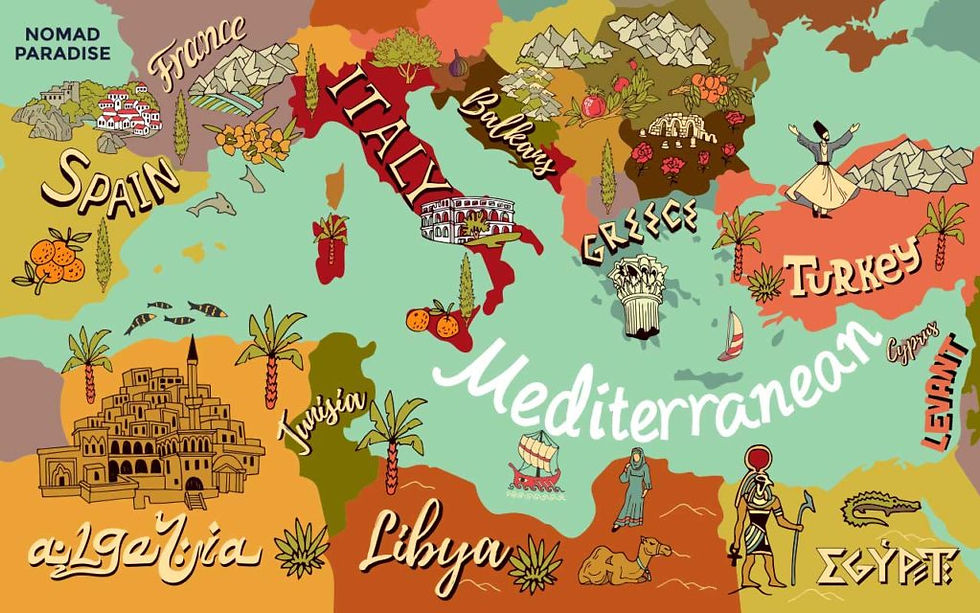
I have to be honest: I personally don’t like any specific diet. I’ve never followed one, and, hopefully, I won’t have to follow any unless it is a health matter. I think the whole purpose of eating well is based on balanced and nutritious ingredients. Avoiding ultra-processed food (sometimes they barely could be considered real food).
We, unfortunately, live in a society where stereotypes (especially physically speaking) are considered role models to be followed, but I really think it is a sort of misrepresented reality. My father used to say that he doesn’t get our generation. “Your generation invented the fast-food, then invented the slow-food. My generation used to called it just ‘food’”. In a way, he is totally correct. In the last 30 years or so, we tried to reinvented and changed the way we eat. We started deep-frying everything. Just check for some places offering deep-fried Oreos on the menu.
Health is a mix of different routines and decisions. Exercises, food, stress, sleep, mood, air, work, hobbies, and, above all, balance.
In my opinion, the Mediterranean diet is not only about its ingredients (oils, fish, nuts, whole grains, and lots of vegetables and fruits), but it is also a way of life. Well-balanced kind of life, I would say. The Mediterranean climate invites you to be outdoor, enjoying a walk, the sun, fresh air, and the sea and its calmness. For this blog assignment, I picked this diet because I believe that some wine is as important as exercises.
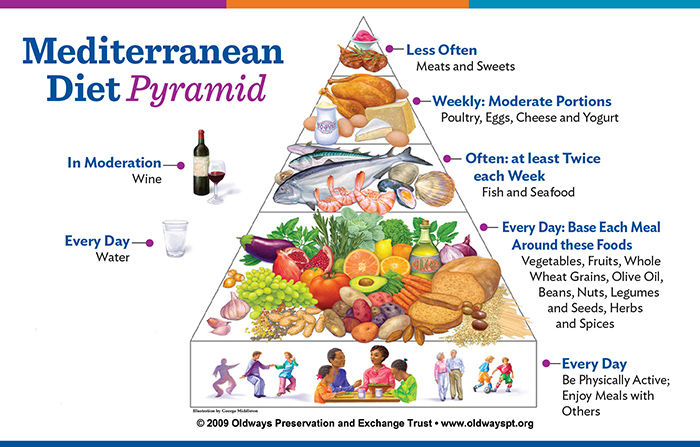
I remember one dietitian nutritionist once saying that the more colourful your plate, the more nutritious your meal. So, appearance is something that one may put in mind when deciding what to eat. And if you see the pyramid above, you will notice how colourful the Mediterranean diet is.
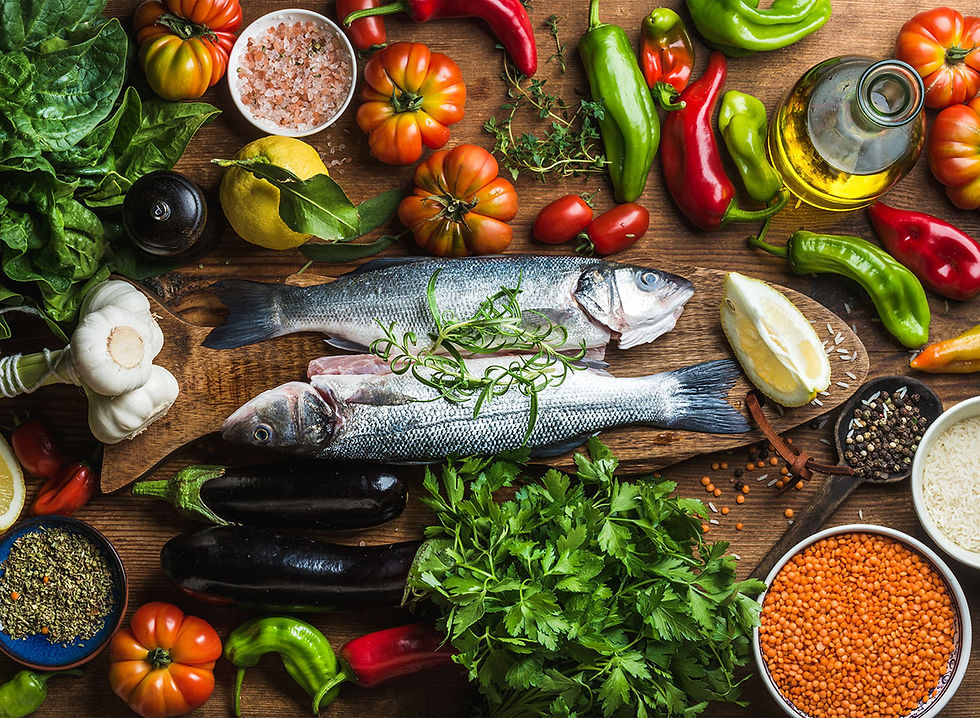
In terms of allergens, probably the Mediterranean diet may be a problem, considering that the most common allergens in food are peanuts, crustaceans, molluscs, fish, and wheat and triticale.
Fortunately, I’m not allergic to any food. I already had some allergic reactions to crab and other foods, but these reactions were probably more related to a specific item in the recipe than the animal itself. I tried eating crab on other occasions, and nothing happened.
For this assignment, in particular, I tried to follow as strict as possible the Mediterranean diet, but work, college, assignments and open patios (finally!!!!) interfered with the diet. I was lucky that we had seafood for our Concepts labs. On the other hand, we had pork for Butchery labs, and that interfered a bit.
My daily breakfast is always based on yoghurt, granola (or other seeds such as sunflower or pumpkin seeds), fruits (banana, avocado, or strawberries), eggs (usually scrambled), bread, butter, and obviously, black coffee.
Our lunches at home are always a mix of protein with lots of vegetables and olive oil. My wife is in love with her air fryer, so we usually eat cauliflowers, broccoli, carrots, onions and eggplant made in the air fryer with some tahini paste and olive oil.
As a protein, we had some roasted pork (thanks chef Kanchan) and seafood (scallops ceviche, octopus, mussels, and crab salad). Heavy cream is something that I usually like to use in my cuisine.
At night, we always try to have a light meal, primarily based on veggies. My wife has this spiralizer, and she made a nice zucchini spaghetti with pesto sauce and grape tomatoes.
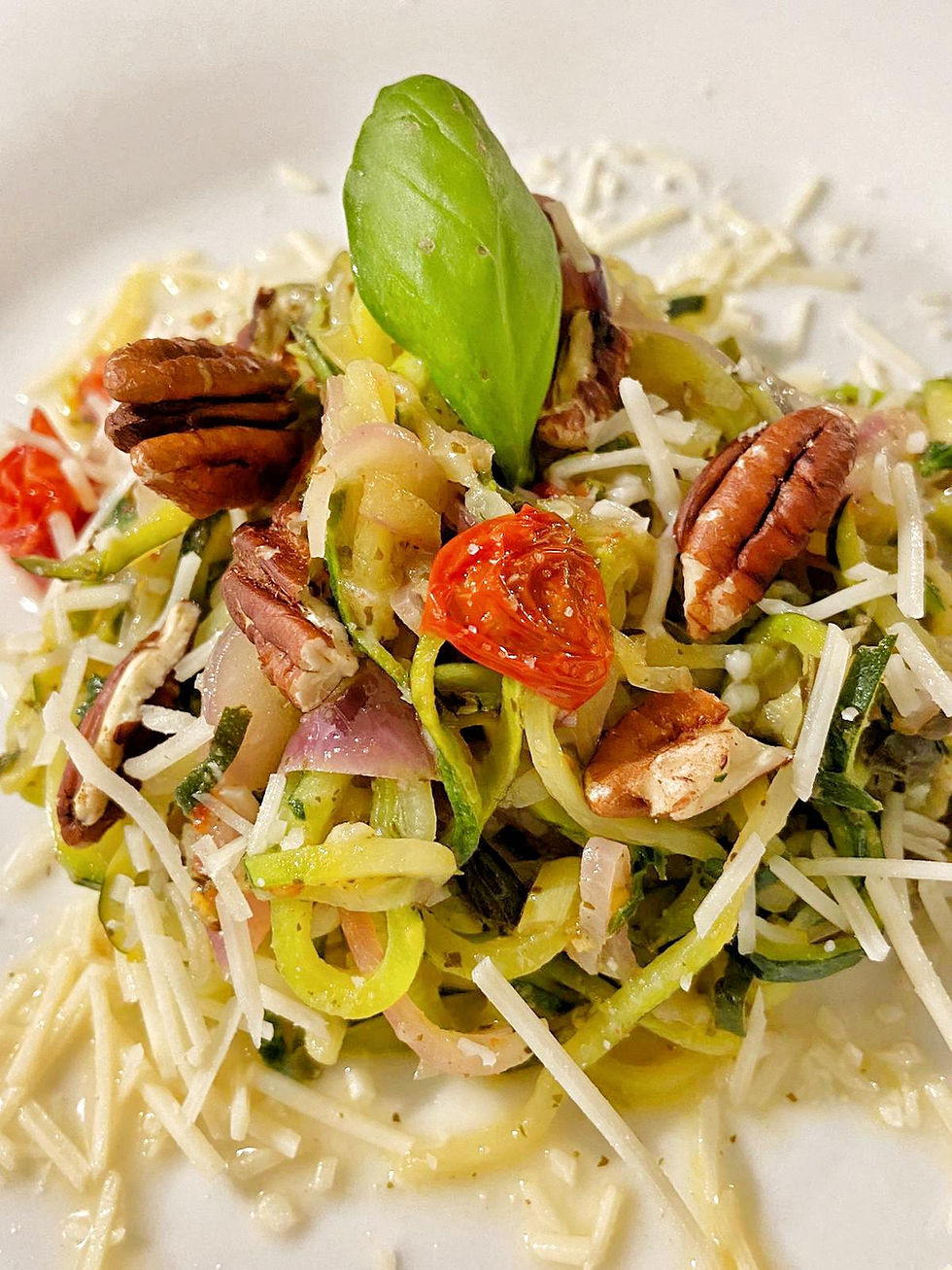
My wife's recipe - zucchini spaghetti, pesto, pecan, and grape tomatoes
BUT, we had some Buffalo wings this week on a patio. Sorry to be honest with you, chef White. I didn’t mean to disappoint you.
For my last live demo presentation for the Communal Lunch Project (cooking live on Instagram for students), I decided to make a lovely vegetarian recipe based on a traditional Brazilian (never Argentinian) dish. The original plate – Picadinho de Carne – is made with beef, but I changed it for a mix of mushrooms since the whole purpose of the project is to create and present affordable, democratic, and nutritious meals. The side dishes are wilted kale with garlic and butternut squash purée. Here is the recipe:
Mushroom Stew with Wilted Kale and Butternut Squash Purée
Ingredients
300g Fresh Mix Mushrooms – medium dice
1 Onion, finely chopped
2 Garlic, clove, purée
½ carrot, brunoise
1 tbsp all-purpose flour
50ml coffee
50ml Tomato sauce
1 tbsp Worcestershire sauce
120ml vegetable stock (or water)
1 bay leaf
1 tsp ground cumin
1 pinch dried chilli pepper
1 tbsp parsley, finely chopped
1 tbsp Olive oil
100ml Red wine (optional)
1 bunch Kale
300g Butternut squash, peeled, cooked, medium dice
1 inch Ginger, grated finely
100ml Milk or Cream
1 tbsp butter
Salt, Black pepper to taste
Mushroom Stew
- In a sautée pan, heat 1 tbsp of olive oil, add onion and 1 garlic, sweat until brown
- Add the carrots.
- Add the mushrooms and immediately sprinkle the flour over them. Mix until all the pieces get brown. DON’T BURN THEM!
- Add the coffee, tomato sauce, Worcestershire sauce, veggie stock, bay leaf, cumin, dried chilli pepper and mix well.
- Bring the mixture to a boil and low the heat. Cover the pan with a lid. Leave a small aperture to allow the steam to go out. Cook for 10 minutes in medium/low heat.
- Remove the lid, correct the salt and black pepper.
- Add the parsley and serve.
Kale
- Pick Kale leaves and slice them finely.
- In a shallow sautée pan, melt the butter in medium heat.
- Add the garlic and stir quickly.
- Add the kale and wilt.
- Add salt and black pepper. Reserve.
Butternut Squash Purée
- In a pot, add cold water, salt, and the butternut squash.
- Bring the water to a boil until squash is very tender.
- Rinse the butternut squash into purée.
- Add some butter, ginger, and cream (milk) and stir the mixture when it is still hot and steamy. Reserve
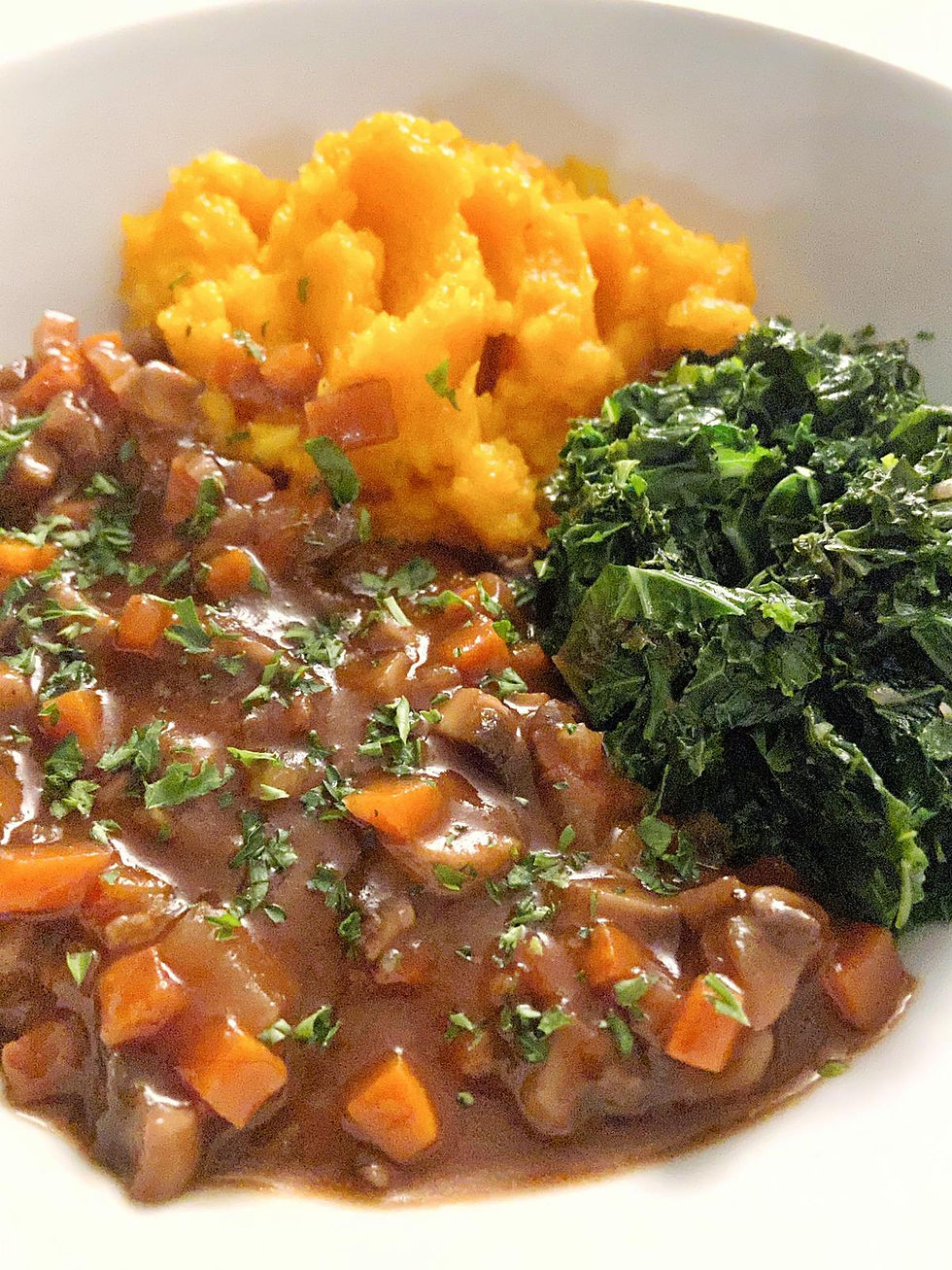
My personal challenge in cooking is to try substituting meat for vegetables while keeping the flavours well balanced. Adapting dishes based on meat to vegetarian versions is not only healthier, but it is also less expensive. Since I’ve moved to Canada, we noticed that one of the most significant differences diet-wise is that the meat here tastes different. And it is way more expensive as well. To balance that, we are now focusing more on vegetables.
As I wrote before, I don’t have any allergy to food. But pretending that I have, I would pick lactose intolerance. I could substitute dairy for lactose-free options. Nowadays, it is extremely common to find those options in any supermarket. The prices are much more affordable also. However, cheese would be a problem. I’ve never tasted a free-lac cheese that tasted good. For that, I would take medicine and still have joy in tasting different cheeses. I’m not creative enough to imagine my life without going to the Cheese Boutique or without pizza and grill cheese. Without a carbonara. A cheeseburger. Cheese platter. Sorry, I’m drooling already.

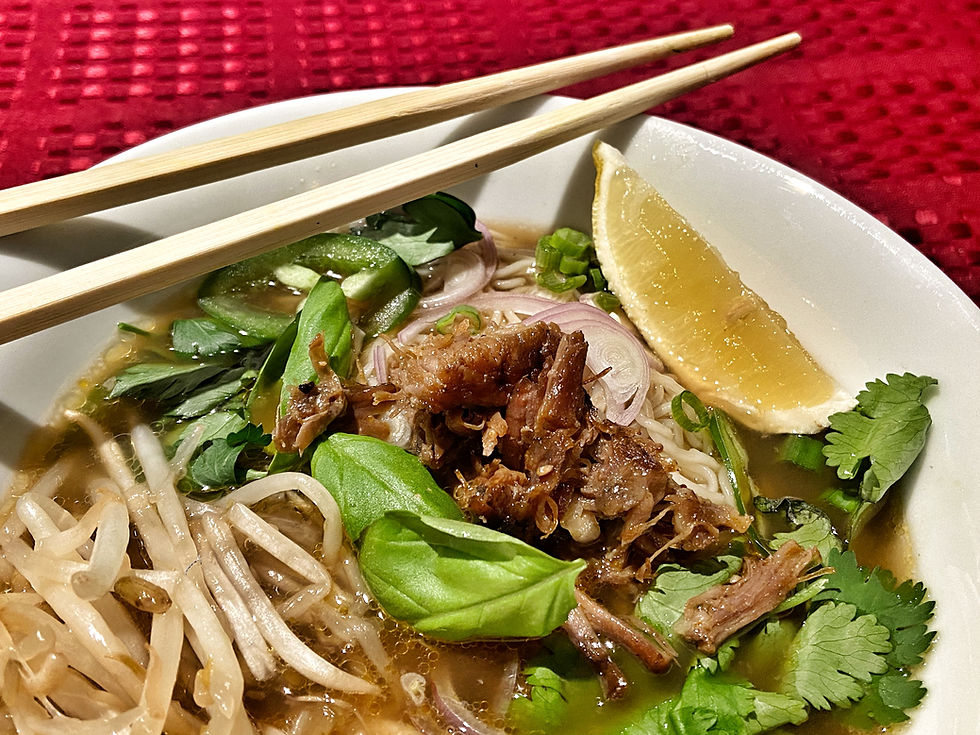

Comments